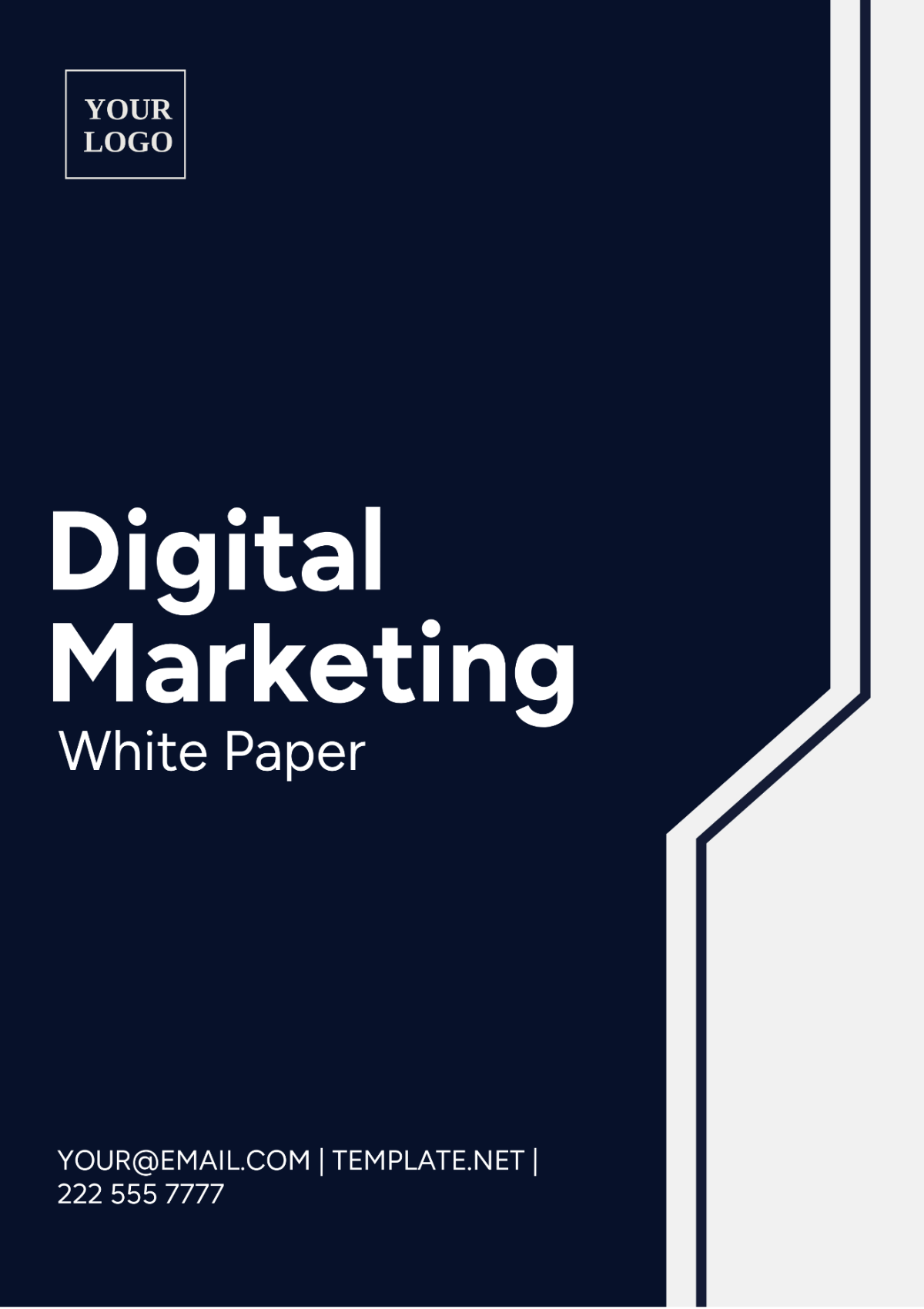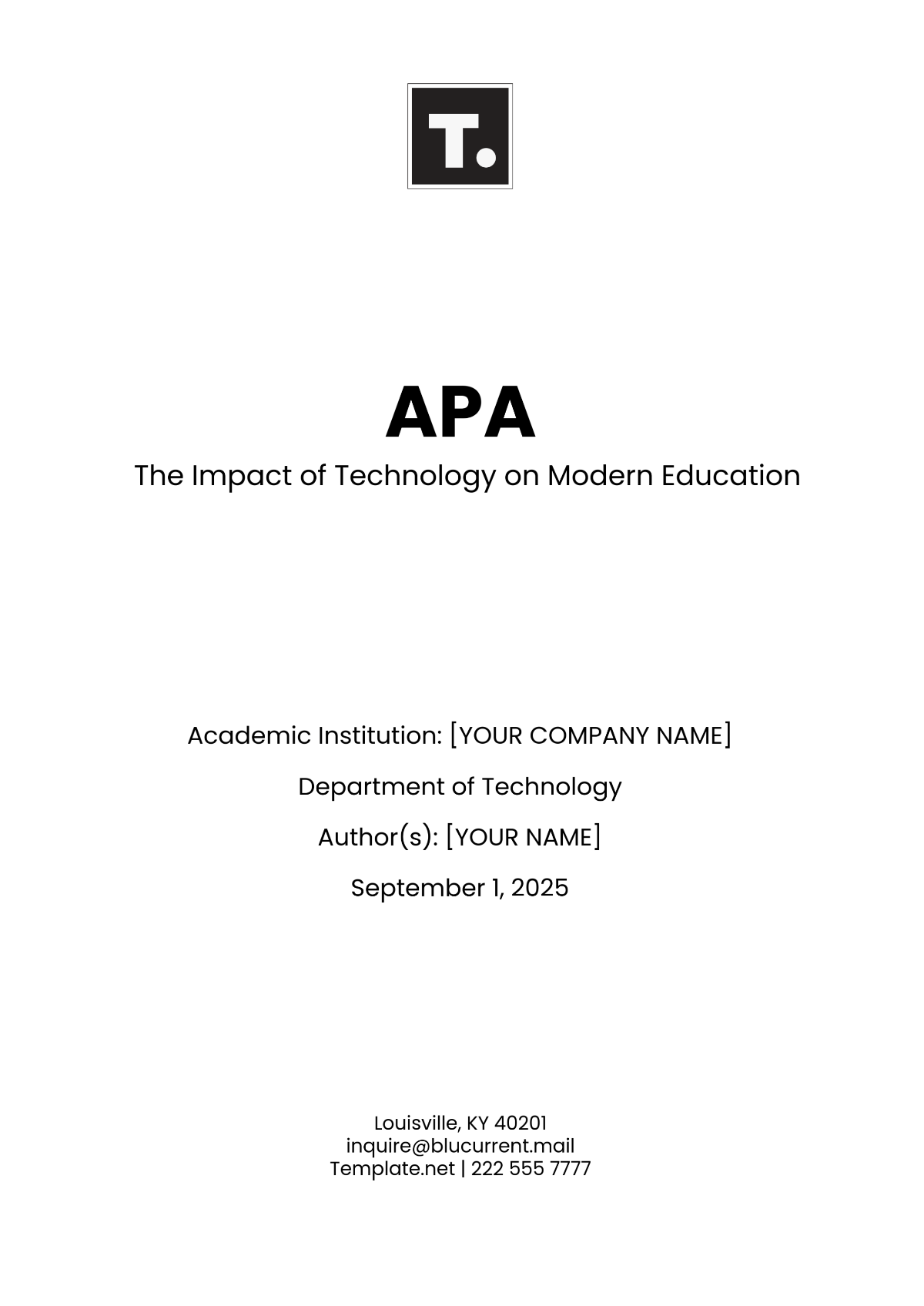Army White Paper
I. Executive Summary
The [Your Army Division] is committed to maintaining a strategic edge in a rapidly evolving defense landscape. This white paper outlines our modernization plan, focusing on key areas such as technology, personnel training, and resource management. The proposed framework aims to ensure that [Your Army Division] remains at the forefront of defense capabilities and is equipped to handle future challenges.
II. Introduction

The [Your Army Division] faces unprecedented challenges in the modern era, including evolving threats, technological advancements, and shifting geopolitical landscapes. This white paper presents a comprehensive strategy for modernization, addressing these challenges through a multi-faceted approach. We explore the critical elements that will guide our division toward a robust, flexible, and technologically advanced force.
III. Modernization Goals and Objectives
The primary goals of our modernization strategy include:
Enhanced Technology Integration: Implement cutting-edge technology to improve operational efficiency and effectiveness.
Improved Training and Development: Develop comprehensive training programs to ensure personnel are prepared for modern challenges.
Resource Optimization: Streamline resource allocation to maximize readiness and operational capability.
Partnership and Collaboration: Foster partnerships with industry, academia, and other defense agencies to leverage expertise and resources.
IV. Key Areas of Focus
A. Technology Integration
Advanced Weapon Systems: Introduce new weapon systems and upgrade existing ones to meet modern standards.
Digital Infrastructure: Invest in robust digital infrastructure to support communication and data analysis.
Cybersecurity Measures: Implement advanced cybersecurity protocols to protect sensitive information and operations.
B. Personnel Training and Development
Comprehensive Training Programs: Design training programs that encompass both traditional and modern combat techniques.
Leadership Development: Establish leadership courses to groom future leaders in [Your Army Division].
Cross-functional Teams: Encourage collaboration across different units to enhance teamwork and knowledge sharing.
C. Resource Optimization
Efficient Resource Management: Implement systems to track and manage resources effectively.
Sustainability Practices: Focus on sustainable practices to reduce waste and environmental impact.
Cost-saving Measures: Identify areas for cost reduction without compromising operational readiness.
D. Partnerships and Collaboration
Industry Partnerships: Collaborate with defense contractors and technology companies to gain access to new technologies.
Academic Collaborations: Work with universities and research institutions for innovative solutions.
Inter-agency Collaboration: Build relationships with other defense agencies for joint operations and shared knowledge.
V. Implementation Plan
To ensure the successful implementation of our modernization strategy, we have outlined the following steps:
Assessment and Planning: Conduct a comprehensive assessment of current capabilities and identify areas for improvement.
Resource Allocation: Allocate resources to support modernization goals and objectives.
Training and Development: Implement new training programs and provide ongoing support for personnel development.
Technology Upgrades: Introduce and integrate new technologies into existing systems.
Monitoring and Evaluation: Establish metrics to monitor progress and evaluate the success of the modernization strategy.
VI. Budget Allocation
The following detailed statement provides an extensive breakdown of the current budget allocation for [Your Army Division], illustrating in depth how the budgetary resources are apportioned across various primary categories.
In this dataset, the total budget is $1,000 million.
The following is a breakdown of what each category could represent in the context of an army division:
Personnel: Costs related to salaries, benefits, and support for soldiers and officers.
Equipment: Procurement and maintenance of weapons, vehicles, and other essential hardware.
Training: Funds for training programs, exercises, and skill development.
Technology: Investments in new technologies, cybersecurity, and digital infrastructure.
Infrastructure: Costs for building and maintaining bases, facilities, and other physical assets.
Operations: General operational expenses, including logistics, transportation, and administration.
VII. Conclusion
The [Your Army Division] is dedicated to maintaining its status as a leading defense force. This white paper outlines a strategic framework for modernization that will guide our division into the future. By focusing on technology, personnel, resource management, and collaboration, we are confident that [Your Army Division] will be well-prepared to face any challenge. We welcome feedback and collaboration from all stakeholders as we implement this strategy.

















































